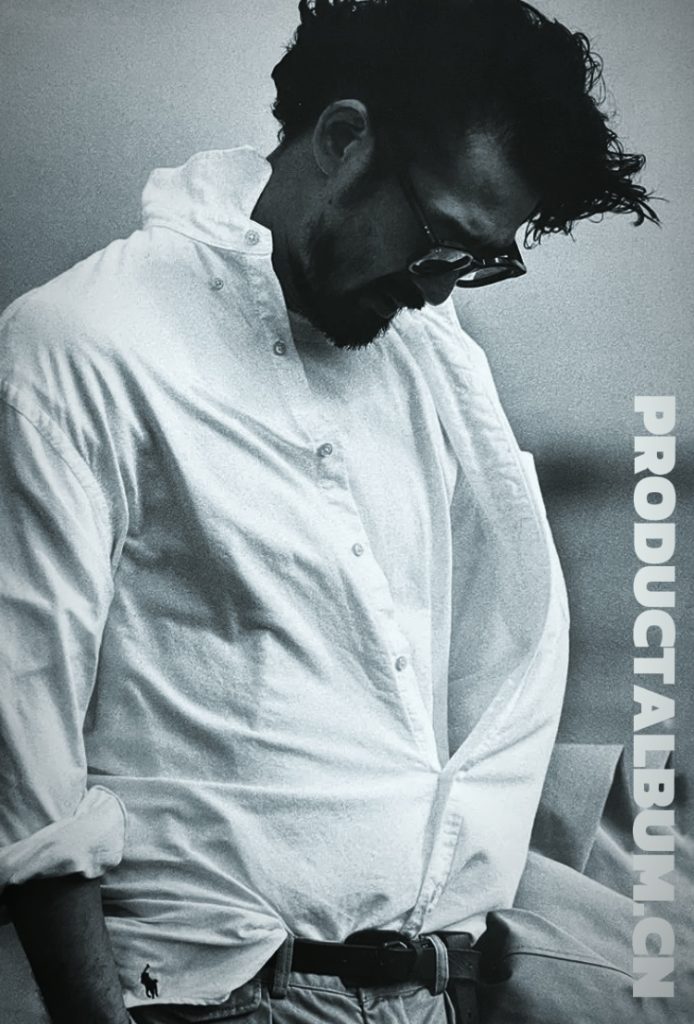
Style Icons for Modern Men—These Japanese Gentlemen Play in a League of Their Own
In today’s world, idols play an influential role both on and off the screen. They captivate us with their performances, but their personal lives—and most definitely their fashion choices—also dominate social conversations.
But while some celebrity outfits trend for days, are they truly worth copying? That’s up for debate.
Instead, we want to highlight three Japanese actors who, in our opinion, embody authentic, timeless style—far beyond passing trends or paparazzi hype.
01.
Yōken Mitsuishi 光石研
Vintage Is More Than Clothing—It’s a Way of Life
In December 2019, Pen Magazine launched a mini-series on YouTube titled Tokyo Vintage Days. Within days, it gained a cult following among fashion lovers across Asia.
Set in the heart of Tokyo’s vintage scene, the series takes viewers into real stores like Arch Tokyo in Higashi-Nihonbashi, MR.CLEAN in Shibuya, and Brooks Brothers in Omotesando. Whether you’re into Americana, prep, or military vintage, there’s something for every taste.
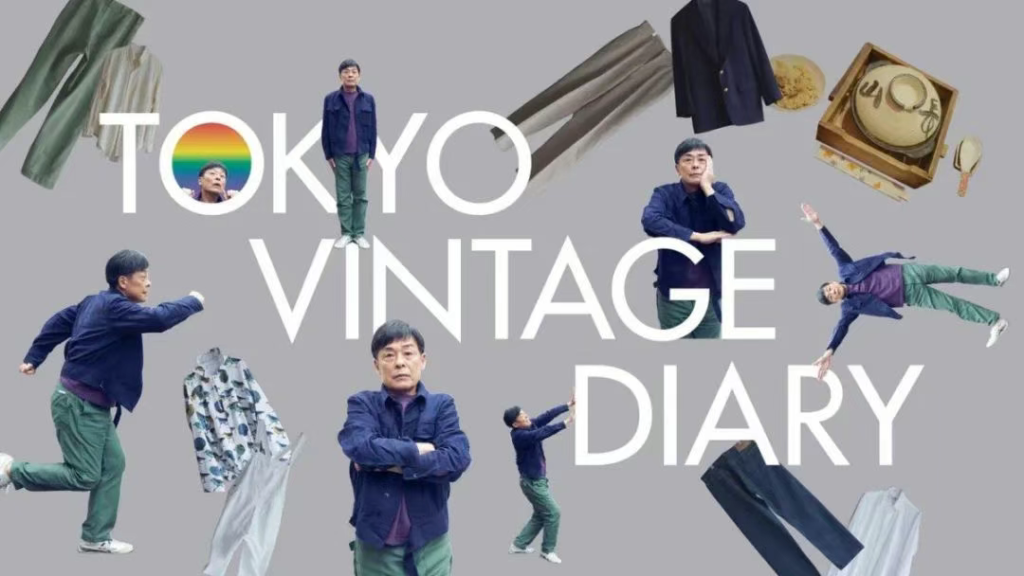

But what makes it truly special is Mitsuishi’s narration—his inner monologue captures the joy, hesitation, and randomness of browsing vintage stores. “Aimless wandering is the most dangerous,” he jokes. “One pair of hands is never enough.”
Thanks to real shop owners and unscripted interactions, Tokyo Vintage Days feels more like a documentary than a drama.
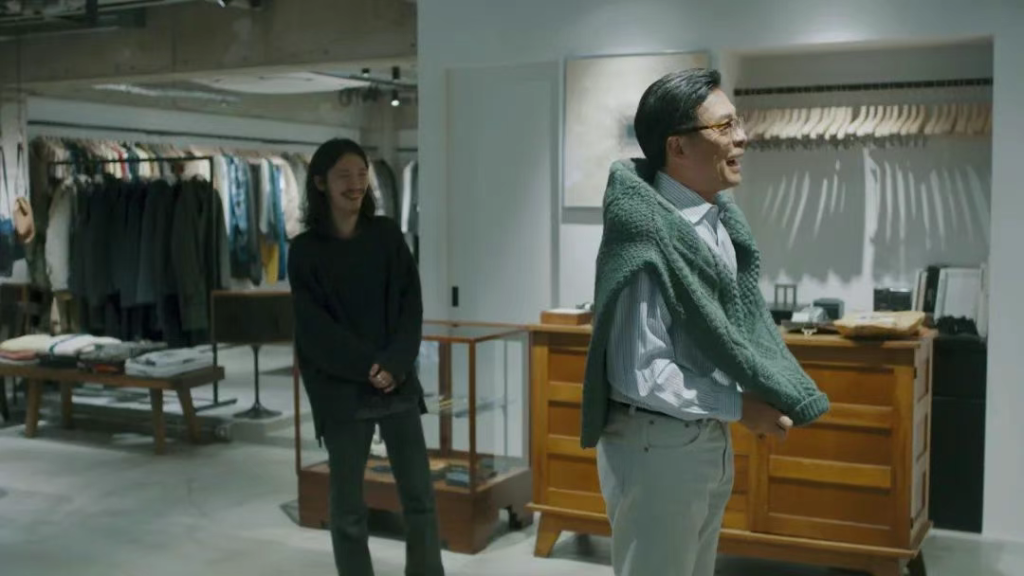

While Mitsuishi has appeared in countless TV dramas, many people struggle to remember his name—until now. His starring role in this series is no coincidence: he’s a lifelong vintage enthusiast, shaped by 1950s American culture and magazines like POPEYE.
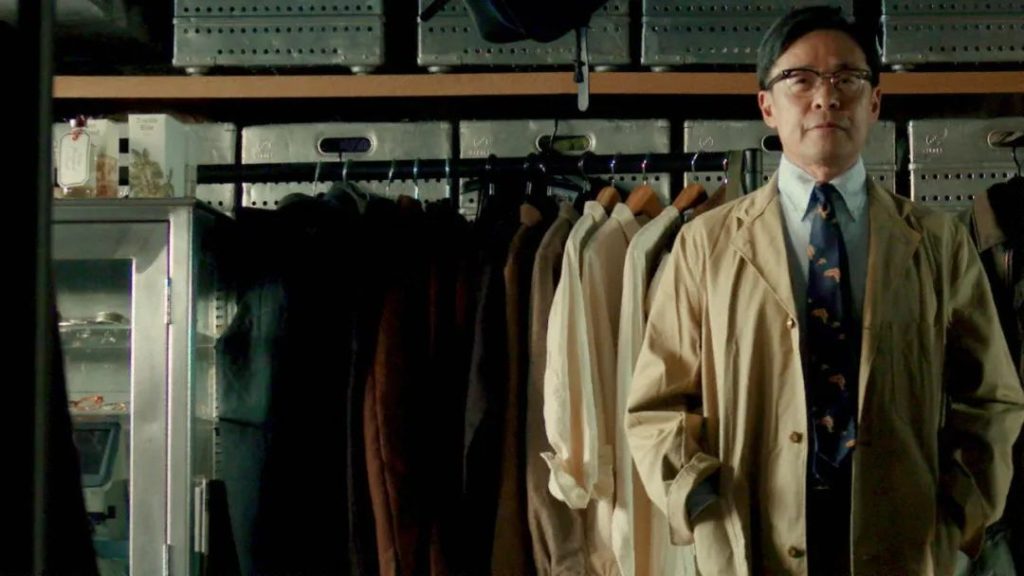
He still vividly remembers standing outside “Garage Paradise Tokyo,” a converted home turned boutique. Back then, he couldn’t afford the clothes but was enchanted by the vibe. In fact, he used to wander outside Brooks Brothers in Aoyama, drawn to the clothes he couldn’t yet own.
Today, even while filming, trying on a well-aged blazer still brings a sparkle to his eye.
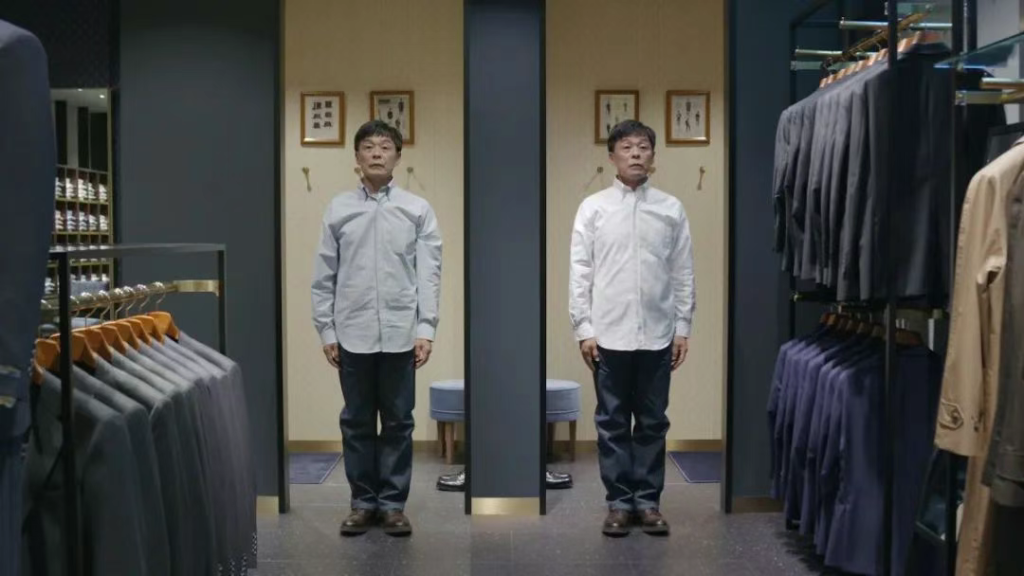
Off-screen, Mitsuishi’s life mirrors his character. He carries tote bags, keeps things simple, but every choice is intentional. Vintage isn’t just in his closet—it’s in his home and lifestyle.
A feature by Lifecycling revealed his home in Setagaya, Tokyo. He personally designed its open-arched interiors and filled it with curated vintage furniture and objects—all with a story.

From an Eames chair bought in Shimokitazawa to a 1950s bar stool from the U.S., every piece has meaning. His home, filled with secondhand records, books, and decor, reflects a life led by curiosity and personal taste—not trends.


Mitsuishi doesn’t obsess over cohesion or minimalism. He simply surrounds himself with things he loves, resulting in an effortlessly beautiful and unrepeatable harmony.
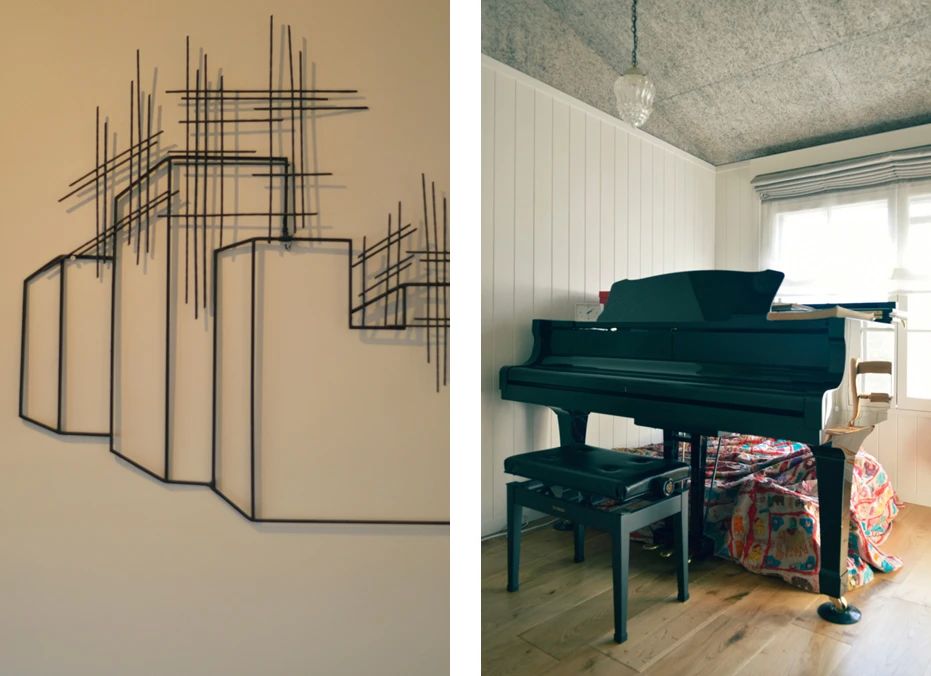

He’s never formally studied interior design. Nor was he ever spotlighted as a “style icon.” And yet, that’s exactly why his taste is so compelling—quietly confident and deeply personal.
02.
Kenichi Takitō 滝藤賢一
The Best-Dressed Plant Lover in Showbiz? Without a Doubt.
Search Kenichi Takitō online and two themes dominate: “outfits” and “plants.”
Like Mitsuishi, he often plays supporting roles. He’s not classically handsome and has reached an age many would call “middle-aged.” Yet he’s one of the most stylish men in Japan—and arguably one of the most passionate about greenery.
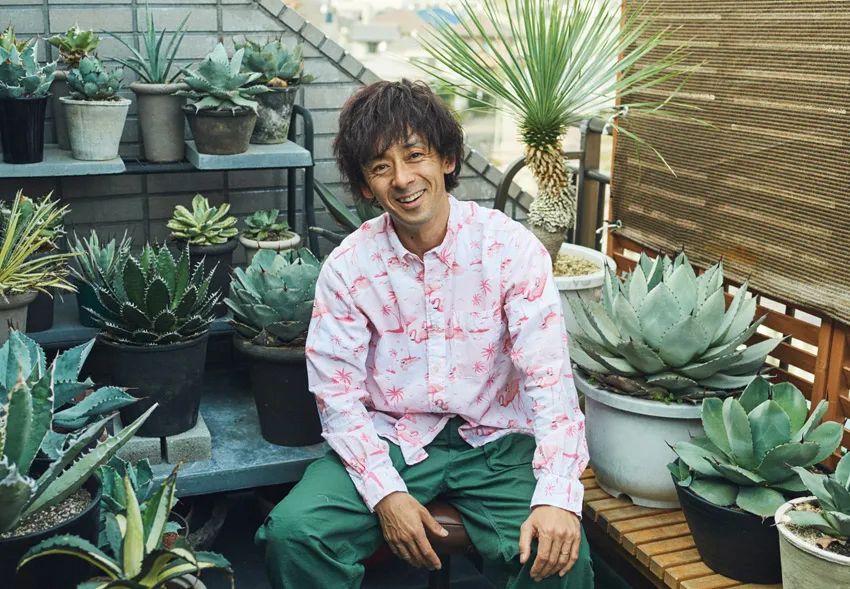
Takito’s fashion sense leans toward bold prints, vivid colors, and vintage Americana. Magazines like UOMO have profiled him extensively, even calling him “the best-dressed man in Japanese entertainment.”
He favors brands like Engineered Garments, Needles, and South2 West8, pairing military and workwear into what fans now dub the “Takito Style.”
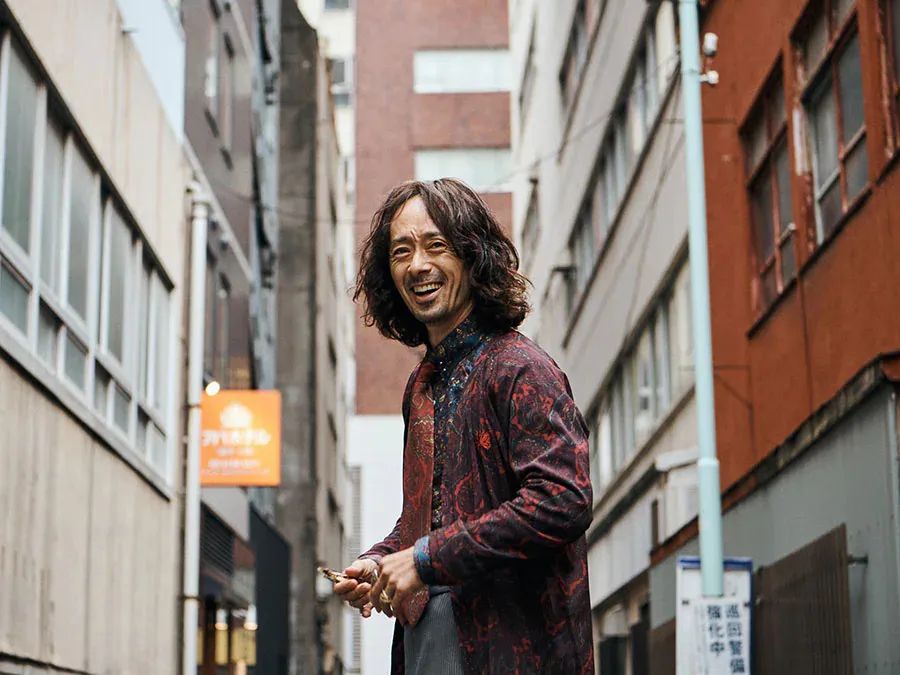
In interviews, he emphasizes that fashion has no age or gender boundaries. “If you don’t find the fun in it yourself,” he says, “no one will hand it to you. Try something. If you don’t like it, stop—but always make time for what you love.”
For him, clothing is just one form of joy. Plants are another.
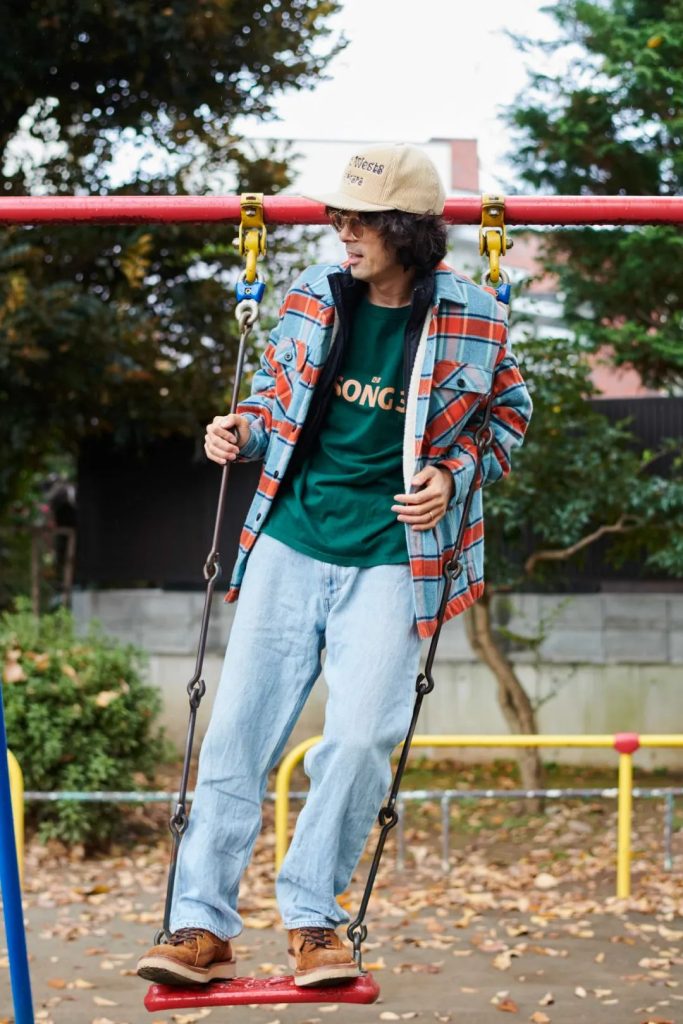
Long before plant parenting was a social media trend, Takitō was cultivating over 300 pots on his balcony. He’s even hosted botanical exhibits in Osaka and educates fans on rare species.
His obsession began nearly ten years ago after visiting NEPENTHES TOKYO. Since then, he’s been a regular at local flower shops and vintage clothing stores alike—finding joy in every interaction and every purchase.
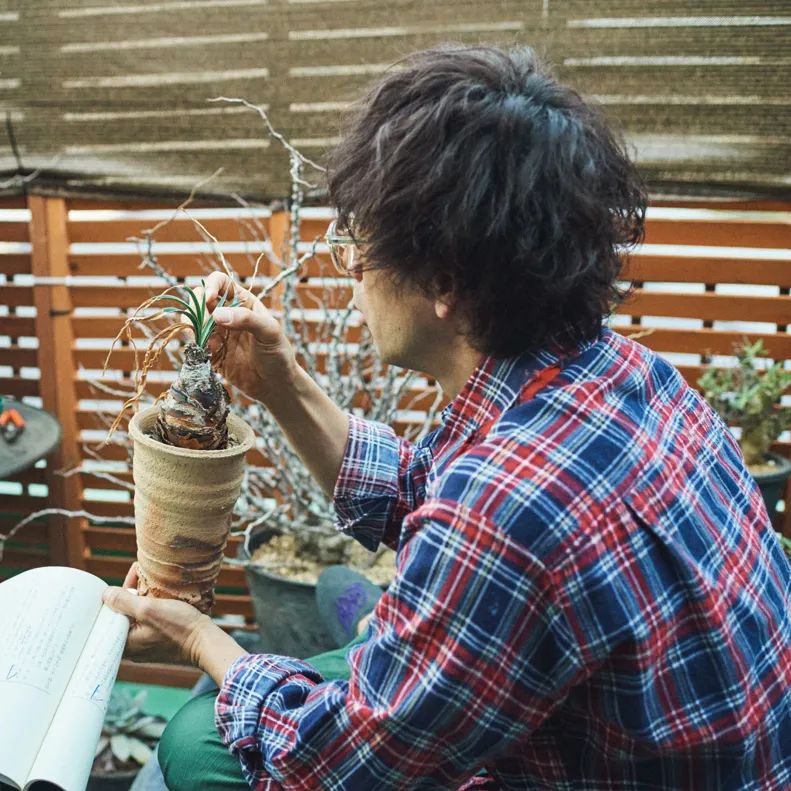
He once said he chooses clothes the same way he chooses plants: “I like observing how they change over time.” Plants grow slowly, and caring for them requires patience, maturity, and calm—qualities reflected in his wardrobe too.
NEPENTHES even featured his collection, which includes exotic aloes, flowering tubers, and sculptural agave plants. Each, like his clothing, has character and soul.

Takito didn’t always know his style. He found it after age 40. With time, he became clearer about what he liked—and more confident in owning it.
He once starred in a drama about men’s fashion called My Gentleman Style, where his character goes from clueless to dashing. Like the character, Takito believes everyone—regardless of age—deserves to enjoy fashion and evolve.
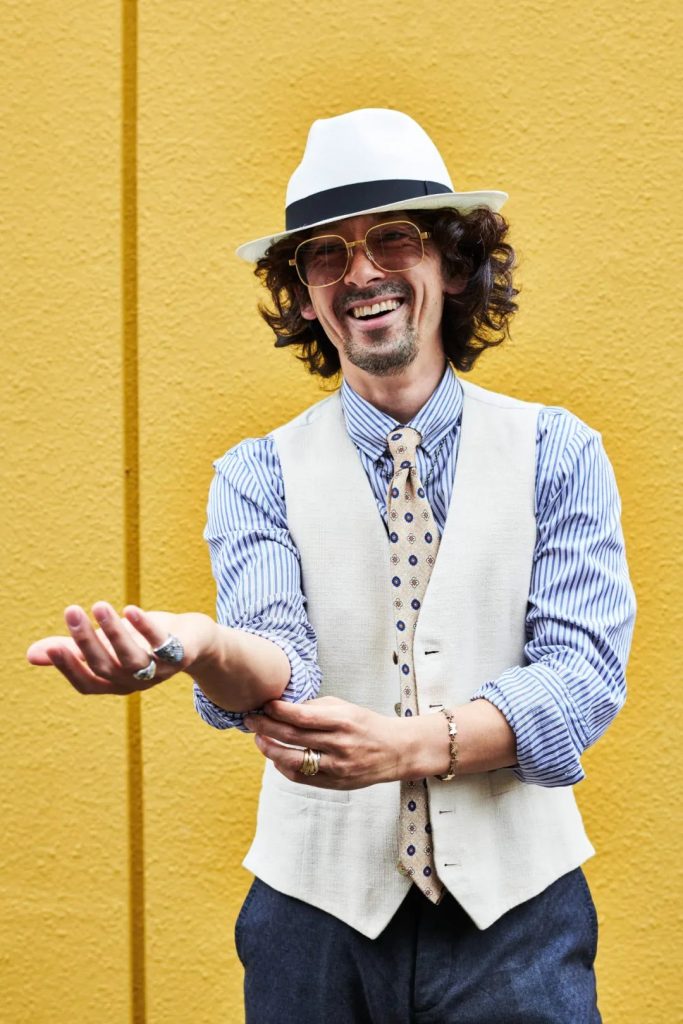
03.
Ikken Yamamoto 山本一賢
A Different Side of the City Boy Aesthetic
Ikken Yamamoto may not be as well-known as the others, but one look at his photos and you won’t forget him.
A former basketball player and part-time model, Yamamoto began acting later in life. His masculine presence immediately caught the eye of stylist Akio Hasegawa, who featured him in UOMO’s “A Man’s Essence” column.
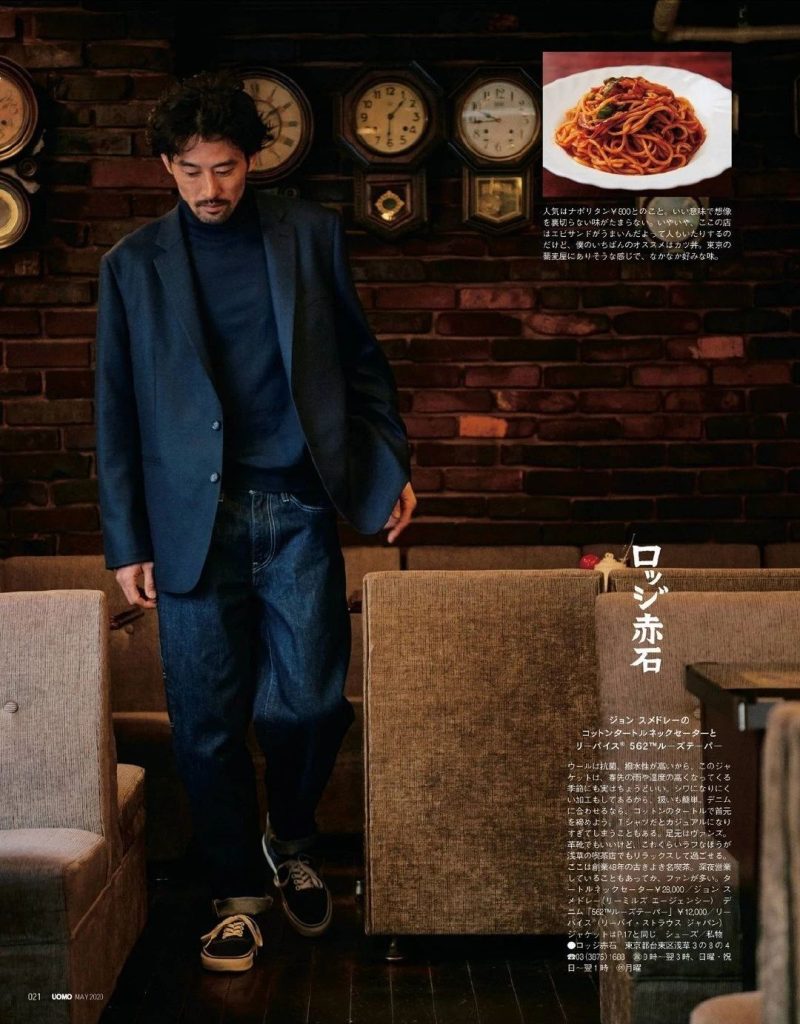
Yamamoto’s takes on oversized fashion are subtle and grounded—often pairing blazers, denim, or workwear with stoic, soulful expressions.
“Filmmaking isn’t about tricks,” he once said. “It’s not about lighting or angles—it’s about presence.”
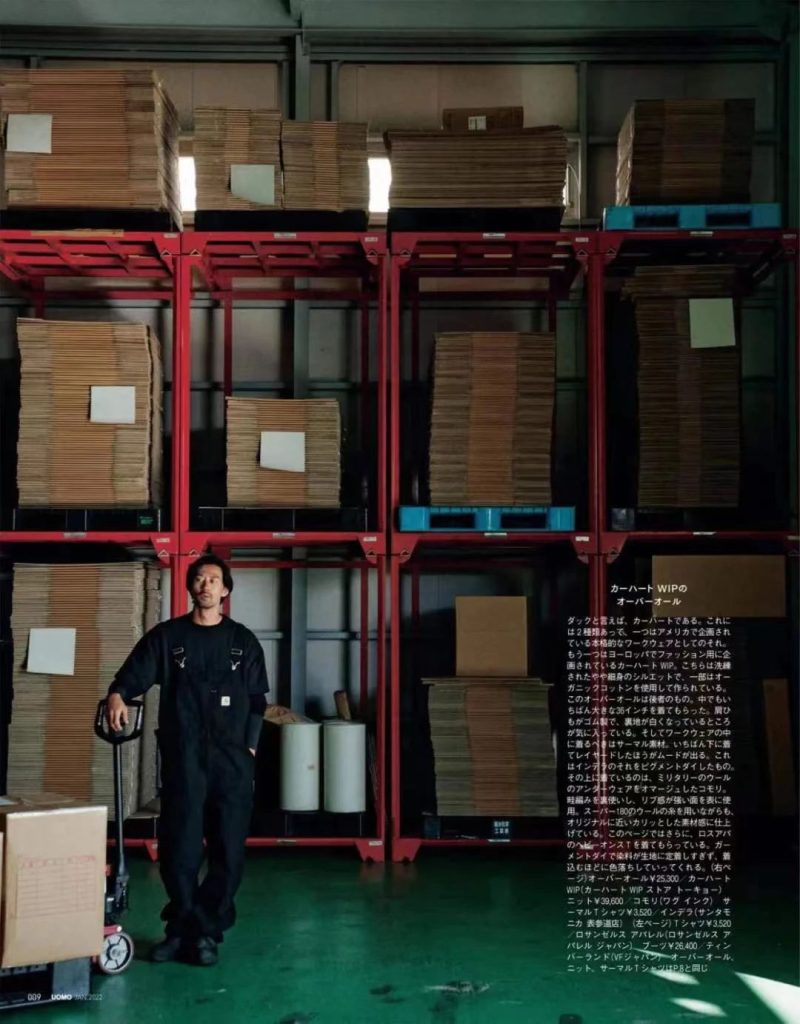
He’s not flashy or loud, but he owns his look completely. With Hasegawa’s guidance, Yamamoto embodies the mature evolution of the “City Boy” aesthetic—simple, layered, and filled with quiet character.
From oxford shirts and tweed blazers to denim-on-denim ensembles and chunky cardigans, his looks are clean, refined, and surprisingly emotional.
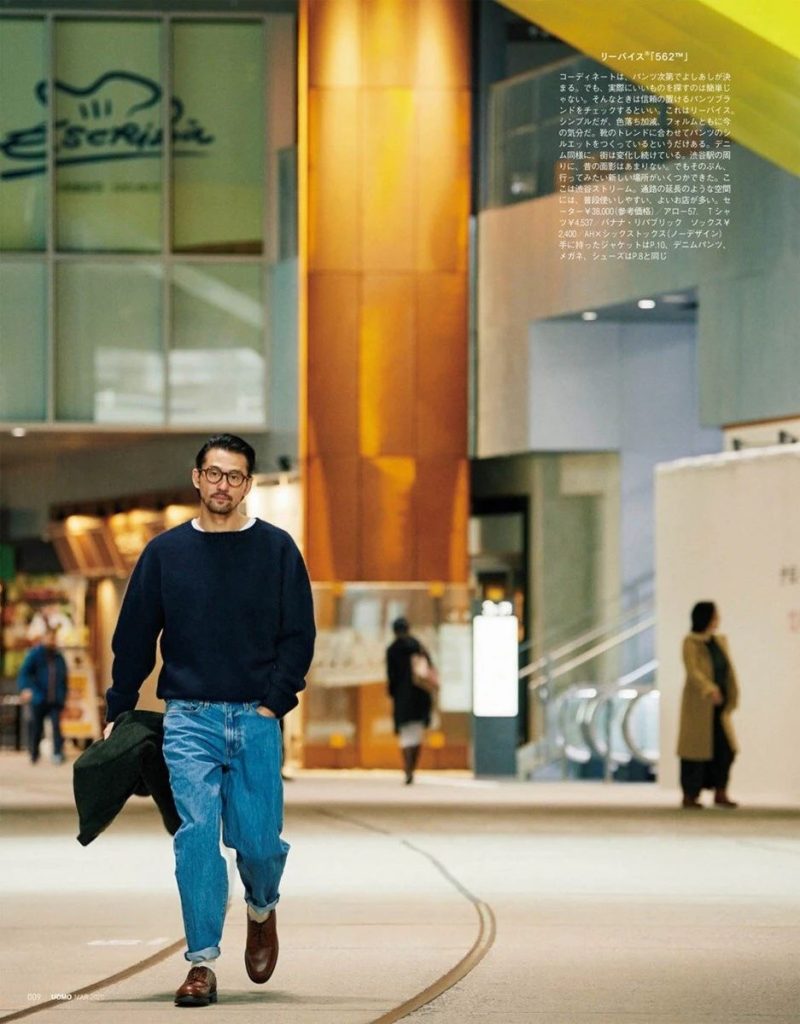
In 2022, he starred in the indie film JOINT, and Hasegawa styled him again—this time in leather coats, moody stares, and streetside shots that evoke noir cinema.
Yamamoto has the rare ability to wear clothing like a second skin, elevating each piece through sheer presence and nuance.
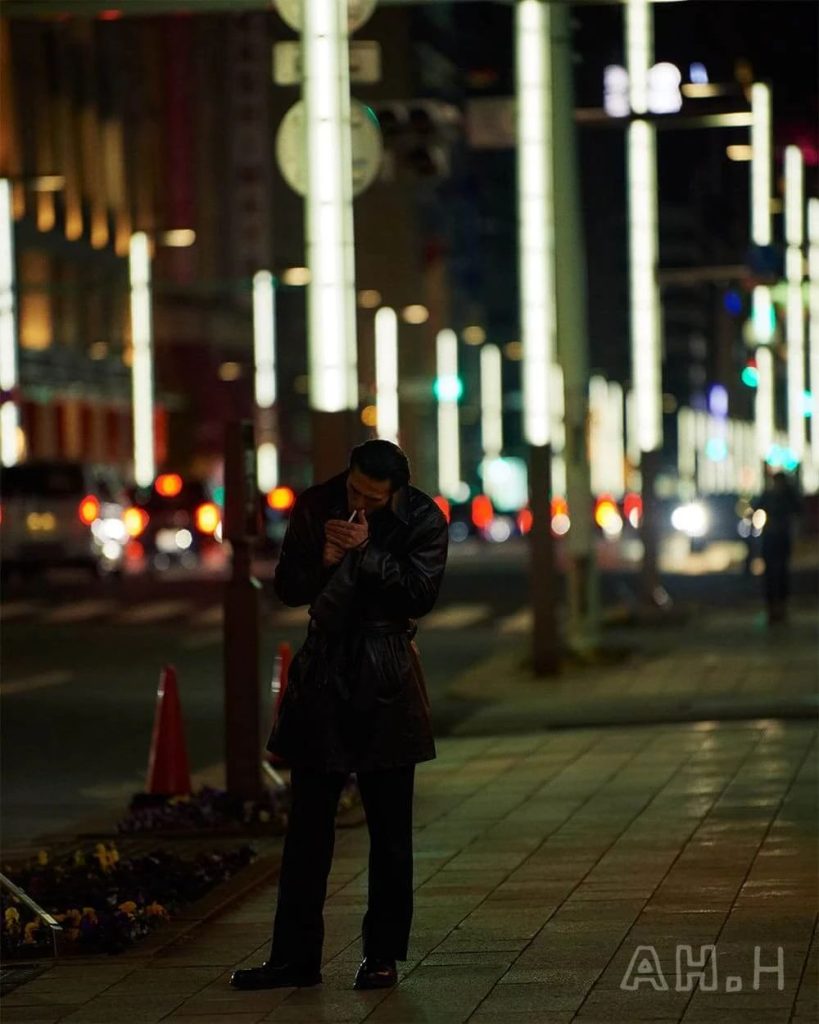
There’s no trace of middle-aged crisis in his look—just quiet confidence. Whether in tailoring or raw denim, he moves with authenticity.
His harmony with Hasegawa’s vision reminds us: you can’t fake personal style. Oversized fits are easy to mimic—but true elegance comes from within.
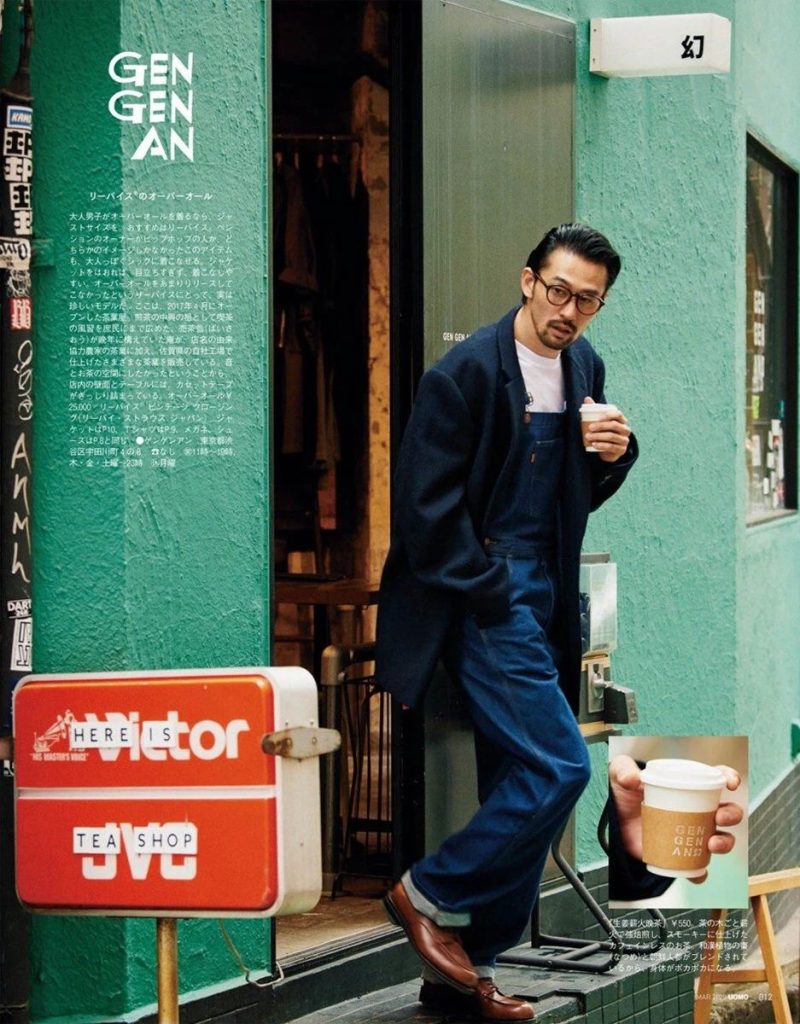
And as Hasegawa often says, it’s not just about how you dress—but how you live.
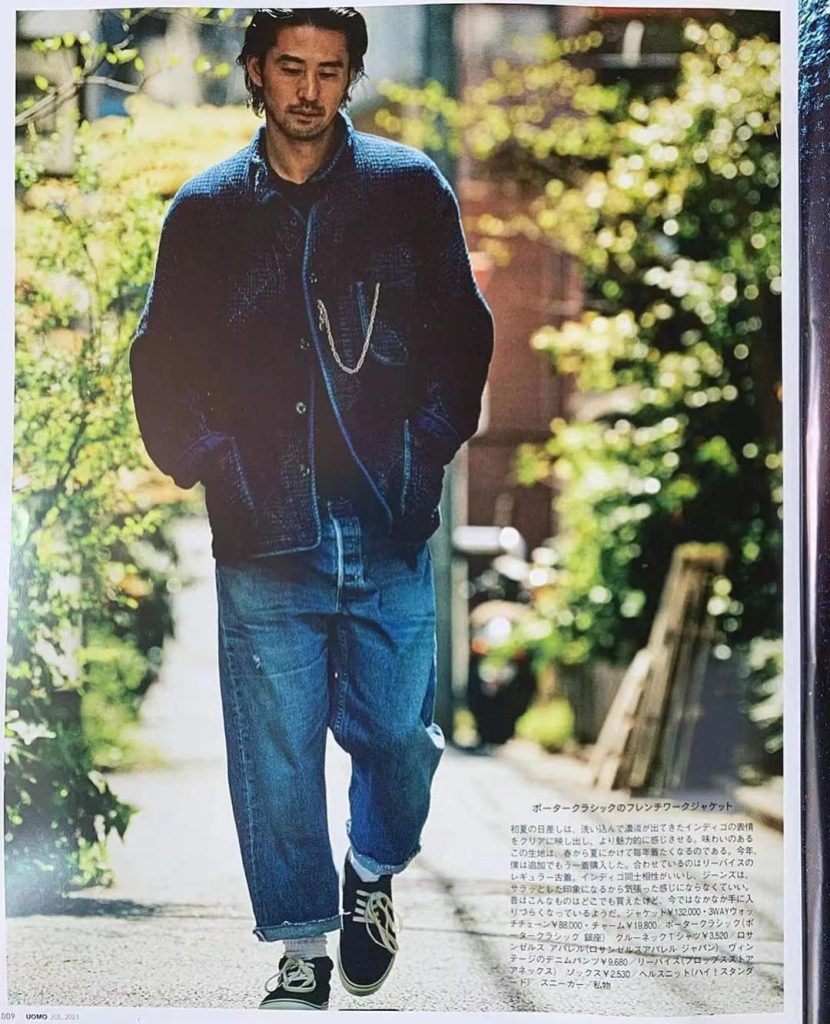
Final Thoughts
In an era where “celebrity style” floods social media, it’s worth asking: are those trends really inspiring us?
The three actors we spotlighted today aren’t influencers or fashion week front-rowers. They’re older, not conventionally “hot,” and far from headline-hogging fame. But they have taste. Conviction. A sense of self.
For them, age isn’t a limitation—it’s a tool. With time, they’ve refined their preferences and chosen quality over noise.
And maybe, while everyone’s busy chasing fresh-faced idols, the real fashion icons are right here: calm, cultivated, and timelessly cool.
“While you’re watching boy bands, I’m getting schooled by Japanese uncles.”